Article: Wedding videographer refuses refund after bride’s death, harasses her family
I’m sure by now a lot of people have heard of this story. (Yeah I’m a bit late to this party.) But let’s set the scene.
Couple are getting married, and they hire a videographer, sign a contract, and pay the required up-front deposit to secure the date. Along the way, the bride-to-be tragically dies. Seeking to undo as much as possible and get as much money back as possible, the groom approaches the videographer to seek a refund of the deposit. Videographer refuses, stating it’s nonrefundable per the contract.
Not liking the outcome, the groom takes to the Internet. Brigading ensues, and the videographer starts taunting the groom.
So who’s in the wrong here? Well in the parlance of r/AITA, everything sucks here (ESH). But everywhere I’ve seen this story discussed, I also see the profound ignorance of contracts and the law on display. A lot of people stating things about contracts or the law that just is not true.
So let’s see if I can inject some reality back into this.
Contracts
In general contracts tend to specify that one party agrees to do something (or not do something) in exchange for some kind of consideration from a second party. I currently have several open contracts that give me access to people (as availability allows) for photography practice. The persons with whom I’m contracting agree to be a photo model in exchange for a pay rate. (There’s more in the contract than just that, such as copyrights and liability waivers, but let’s keep things simple.)
And you can agree to most anything in a contract. The only limitation is someone cannot agree in a contract to do something that violates the law – e.g. murder for hire, prostitution (in most States), slavery. Nor can they agree to refrain from violating the law in exchange for any kind of consideration. The terms must not contradict the law, either. For example, if liability waivers are not allowed or not allowed in some circumstances (e.g. actual malice), then that nullifies or limits the effect of a liability waiver in the contract.
Most everything else goes, so long as the contract isn’t unconscionable.
I’ve seen numerous people try to say that contracts aren’t “bulletproof”. Saying such generally implies that a contract is easy to nullify. Umm… no. They’re damned hard to get nullified by a Court unless you can show there is a genuine legal issue with the contract, an actual conflict of law. And even then, the Court will likely only limit or nullify just the parts that are problematic over nullifying the entire contract, even if the contract does not have a severability clause.
Canceling a contract
Generally there are not a lot ways you can rescind an agreement after it’s been signed. And the contract itself may specifically nullify your ability to rescind after it’s been signed, meaning the only way you can escape such agreements is if there is a legal problem with the contract, the other party is in breach, or it becomes impossible for one party to the contract to fulfill their end of the bargain.
Unless the contract has a termination clause, the only way to cancel a contract is if both parties agree to back out of the agreement. Termination clauses are commonplace in contracts. It’s safe to say that most won’t sign contracts that don’t have one.
I’ll use one of my contracts as an example. I signed a contract with a couple for family photographs. Due to weather-related health issues with the children, we had difficulty actually pinning down a date, time, and location that would work. The contract allowed rescheduling so long as the photo shoot occurred within 45 days of the contract going into effect (i.e. all parties signed it) or the contract would die automatically. It also allowed either me or the family to back out of the contract at any time so long as the shoot never occurred.
If the family decided after the shoot to cancel, they wouldn’t have been able to, as the contract didn’t allow for that and I absolutely would not have agreed to such.
Ultimately the contract expired as I made a couple suggestions for location and never heard back from the couple. And I never demanded an up-front deposit, so the contract expiring was as if it never existed to begin with.
Non-refundable deposits
If you’ve bought a house, you should be familiar with “earnest money”. For those not in the know, it’s a cash deposit (mine was $500) that shows that you are serious about buying the house. It is credited toward your closing costs, but is non-refundable if you back out of the purchase with some exceptions (e.g. you discover something substantial about the home not on the seller’s disclosure form).
So for services booked months or longer in advance, the non-refundable deposit is similar to “earnest money”. It shows you’re serious about their services, secures them for the date in question, and is non-refundable should you back out.
Making anything similar to this idea incorrect: “Services were never rendered, so the videographer has no right to keep the money.”
And the contract will stipulate the deposit is not refundable under any circumstances (except where law requires), or will give only some circumstances in which the deposit may be refundable in whole or part. This doesn’t mean the money is absolutely gone. But getting it back requires getting the contract nullified in Court (good luck there!) or the other party (photographer, etc.) must have backed out for some reason or failed to show.
That doesn’t mean the service provider cannot refund the deposit under any circumstances. Only that they won’t be obligated to do so under the contract for circumstances not expressed in the contract. The refund will, instead, be entirely at their pleasure.
You’re free to request it, but they won’t be under any obligation to give it.
“But the bride was killed!”
If one party to the contract is an individual, and that individual dies, the contract may be voidable. And whether it is voidable is determined by the nature of the agreement itself and whether there has already been any substantial performance.
As a simple example where this plausibly could happen, let’s say a homeowner contracted to have his/her house repainted. And just to really extend out time, we’ll say they’re doing the entirety of the inside and outside. And not all at once.
But the homeowner suffers a heart attack and dies before all the rooms could be repainted, and the outside hasn’t been touched yet. Likely the homeowner has already paid a significant portion of an estimate (likely half) up front as a deposit. The big question here is whether the homeowner’s death prevents the painters from finishing the job.
Probably the only circumstance in which that would be the case is if the homeowner had not yet picked out colors for the remaining rooms. But where colors had been picked out, work could still continue. And if the estate executor tried to claim the contract was void, the painting company could push back and seek an injunction to enforce as much of the agreement as was still possible, citing any prior performance under the agreement.
With the scenario discussed herein, one party to the contract isn’t an individual, but a couple. The couple is a joint party to the contract (unless the contract states otherwise, which is unusual).
In the above scenario, if the homeowner was married, both would likely be signing the contract for painting the house, which I’d expect so both can have a say in the selected colors. This would make them a joint party to the contract. So if one of the couple dies, the contract continues as if that death had not occurred.
The death of one does not void the contract. Absent a clause to the contrary, it’ll continue in full force and effect unless continued execution becomes impossible. I don’t even think the house burning to the ground would kill that contract since the painters could still paint the rooms as part of rebuilding the house. (And getting reimbursement from the homeowner’s insurance for any repainting.)
So in reference to the couple and videographer, the death of the bride and groom is the only way the videographer may have had any legal obligation to refund the deposit. Unless the contract says otherwise, the death of one does not void the contract. Instead the groom became the sole party to the contract.
And since the wedding obviously cannot happen due to the death of the bride, the groom opted to cancel the contract. Under the law, that is treated as if both decided to back out jointly, meaning the cancellation terms still apply as written. And any deposit stipulated by the contract is not refundable, meaning the videographer was not under any obligation to refund it.
Responding to a virus
The surviving groom left a review on TheKnot.com about the videographer refusing to refund the deposit. Apparently some things were said that prompted the videographer to threaten a lawsuit, and the groom reached out to his local television media for assistance. (Not the first time a company threatens to sue over negative reviews.)
And, surprise surprise, the story went viral.
And the typical response anymore when a story about a company goes viral is brigading. Basically a ton of keyboard warriors who’ve never even previously heard of the company, let alone done business with them, decide to flood review sites with negative reviews. One ready example I give on this is an antique seller in Florida who made the news for having a KKK statuette on display for sale. Keyboard warriors flooded various review sites and the company’s Facebook page calling the owners racist and white supremacist for… reasons.
And in this instance, the company also saw a flood of negative reviews.
Now I absolutely do not condone how the videographer responded to the brigading. It was absolutely contemptible conduct, to say the least. But that’s overall and otherwise immaterial to whether the videographer had any obligation to refund the deposit.
Under the terms of the contract as discussed herein, they did not.


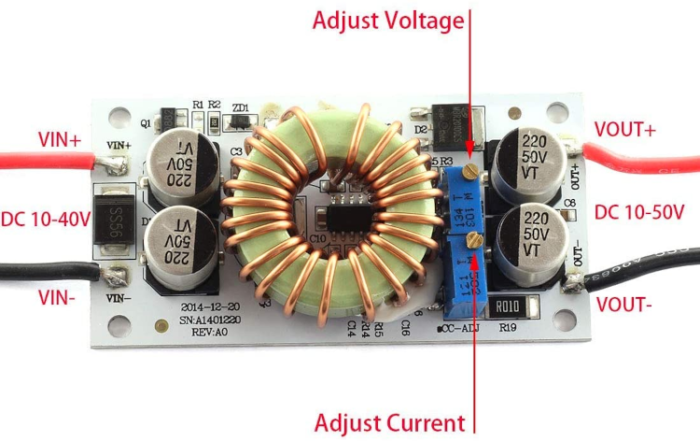

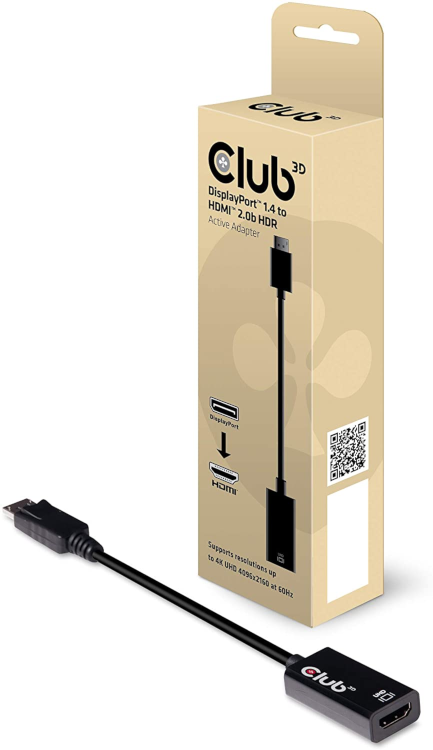
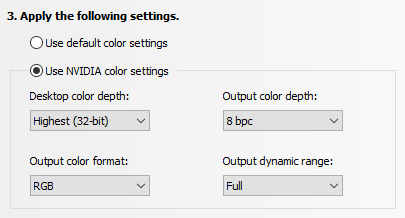


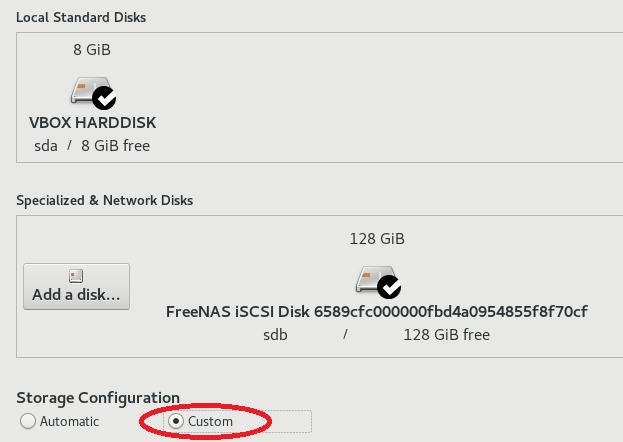
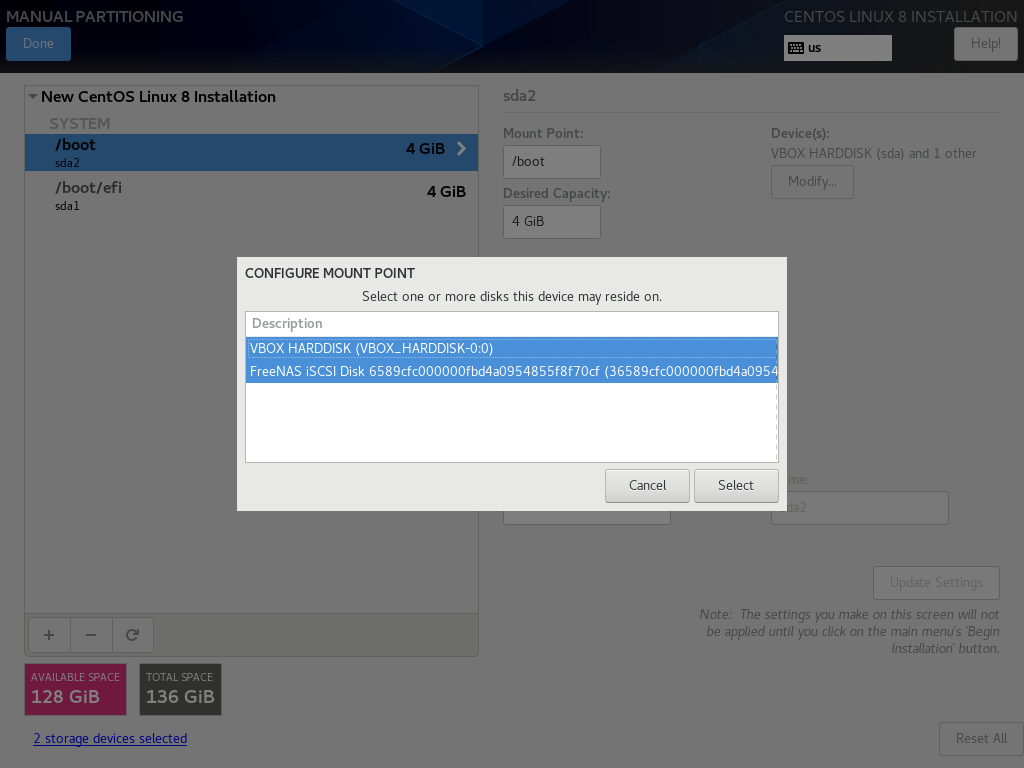

You must be logged in to post a comment.